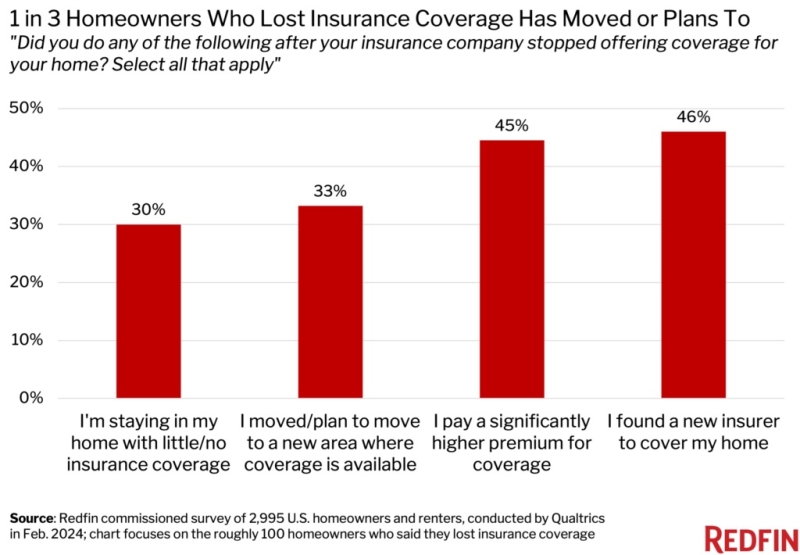Advertisement
Veros Announces Key Enhancements to its VeroSCORE Product

Veros has announced a significant enhancement upgrade of its VeroSCORE product, which enables lenders to score the quality of appraisal reports in real-time. VeroSCORE uses sophisticated automated analysis that allows users to instantly determine whether an appraisal may be accepted or rejected outright, requires manual review, or needs further due diligence. The new VeroSCORE features an enhanced user interface, easily accessed via the web. It also emphasizes validation of the Uniform Appraisal Dataset (UAD) along with an included pre-check of each appraisal against known requirements prior to submission to Freddie Mac and Fannie Mae via the Uniform Collateral Delivery Portal (UCDP), an industry standard technology built by Veros.
VeroSCORE’s impressive analytics have been made even more robust with additional rules to test the credibility of appraisals, as well as by leveraging the VeroVALUE automated valuation model (AVM) and the company’s Collateral Integrity Analysis (CIA) tool. VeroSCORE provides individual numeric scores on the “three Cs” of appraisal quality: completeness, compliance and credibility. Those scores are presented with an overall VeroSCORE ranging from 0-1000, along with suggested routing to achieve greater efficiency in the appraisal review process and overall due diligence.
“VeroSCORE is of tremendous help for lenders desiring to test and improve quality on their incoming appraisals,” said Bill King, Veros director of valuation services. “It also allows AMCs to provide third-party validation on appraisals prior to going to their clients, and is an essential due diligence tool for mortgage investors when buying loan pools. The new VeroSCORE incorporates a number of analytic and reporting enhancements that reduce costs, improve efficiency and enable easier compliance.”
He also notes that VeroSCORE allows lenders to respond more effectively to volume fluctuations by requiring less time for appraisal analysis, as well as identifying UCDP issues that may conflict with the system’s known hard stops before the report is submitted.
“It is an ideal solution in the current environment of Interagency Guidelines and other regulatory influences that demand transparency, greater risk management and highly useful tools for in-depth understanding of collateral value,” King said.
About the author





